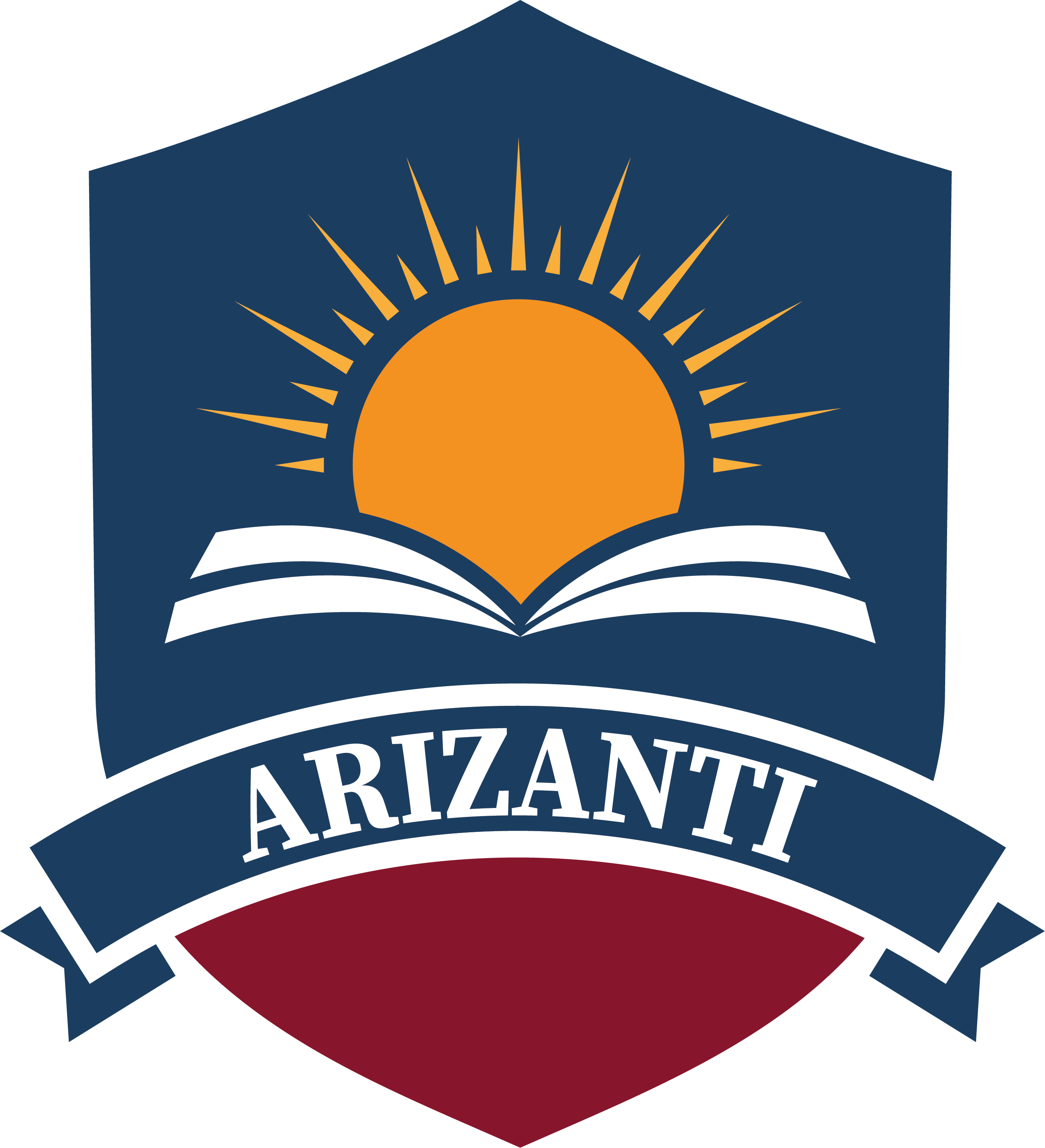By the end of this training, we expect the participants to have a deeper understanding of the importance of Problems Solving and Decisions Making through understanding:
- Basis for defining problems.
- Implementation of the three-stage problem-solving model
- Methods of accurately identifying of problem
- Using root-cause problem identification and analyzing methods
- Using creative thinking methods in decision-making and implementation process
- Criteria for effective decision making
- How to implement the proposed solution and evaluate its results later
What will you learn?
This unit deals with how to describe problems and explain the ways to define them accurately by analyzing the root causes of the problem by using and applying various basic tools to reach a more in-depth identification of the problems faced by people in various areas of life and describe them clearly so that the solutions developed later are appropriate and practical to control them from their roots and not only deal with their effects. Participants will also learn about the most important tools and techniques used to identify the roots of problems such as (Fishbone Diagrams or Cause and Effect Analysis), (5 Whys), and (Is vs. Is Not Analysis) and how to apply them to everyday problems they face in the work environment. This information will help participants to know how to formulate a “Problem Statement” which will assure an accurate understanding of the problems they face and a deep understanding for their origins before making any steps toward finding appropriate solutions for them to avoid wasting time and effort in finding short-term solutions that do not end the problems decisively and definitively.
At the end of this day the trainees were able to have a better understanding of:- Distinguishing between the term problem and conflict.
- The basis for defining the root causes of the problem
- Basic tools and techniques used to identify and solve the problem
- Drafting a “Problem Statement”
Participants In this unit will learn about problem-solving methods and the most basic tools used to identify and solve a problem, specifically how to apply the steps of the "Brainstorming and Brainwriting" process. Participants will also learn about the methods that can be used to analyze and sort the ideas derived from the brainstorming process using tools and techniques such as (Affinity Diagram), (Nominal Group Technique), (Paired Comparison) and (Weighted Comparison). By the end of this part of the training, participants will be able to take the right and correct decision for selecting the best possible and realistic solutions to the problems facing them as individuals or as teams and the best ways to take decisions and develop a plan for implementation, evaluation and following up process, in addition to avoiding common mistakes in making decisions, by making use of tools and techniques such as (Goals Grid), (Gantt Chart), (Flow Charts) and (Relationship Diagrams).
At the end of this day the trainees were able to have a better understanding of:- The concept of problem solving.
- The most basic tools used to identify and solve the problem.
- Methods for identifying and choosing best alternative solutions.
- Conditions that must be met in the optimal solution.
- Identifying the optimal solutions.
- Determining the best way to make decisions.
- Developing a plan for the implementation, evaluation and follow-up of decisions.
- Avoiding common decision-making mistakes.
Who should attend?
This program is for any business professional who involved making and implementing key decisions. And for those who believe that change, and new improved ways of working, are the best way forward for the success of their organizations.
A: Private training courses can be delivered in its location in (Villa No. R3/169, New Azadi-Atconz, Erbil/KRI) or outside venue booked by Arizant Academy when there would be a need, or at your business premises.
Q: In which language the trainings are delivered?A: Our programs can be delivered in Kurdish, Arabic or English.
Q: What are your ideal training schedules?A: Half-day session: (09:00 am to 12:00 pm) or (2:00 pm to 5:00 pm) or to suit. Full-day session: (09:30 am to 15:30 pm) or to suit.
Our trainers are not only the most qualified professionally, but they are also the most capable of delivering information to the trainees. We rely on their selection, in addition to their high scientific specializations, on their experiences and personal abilities in implementing training programs of high value and positive returns, so that the training process does not become a mere waste of time and effort, but rather a real development of capabilities, skills and practical benefit acquired by our clients and their staff and practiced virtually to improve their overall performance.
In Arizanti Academy, we believe that accurate evaluation of training programs, based on scientific foundations and well-thought-out criteria, is the best way to achieve the desired goals of training, achieve maximum benefit from the program, and provide trainees with scientific knowledge, experience and practical skills. Therefore, we have built our evaluation systems based on accreditation and compatibility with a set of evaluation systems and international standards, where we rely in our work on: -
- Evaluation of the training program on the morning of the second day (if the program lasts for more than one day) to avoid any shortcomings in the program, and to achieve the objectives of the participants as groups and individuals.
- Participants' evaluation of the training material, the trainer, the place of training, training services and coordination on the last day of the program (this report is analyzed and the results are sent with the original evaluation sheets to the client with the final report).



